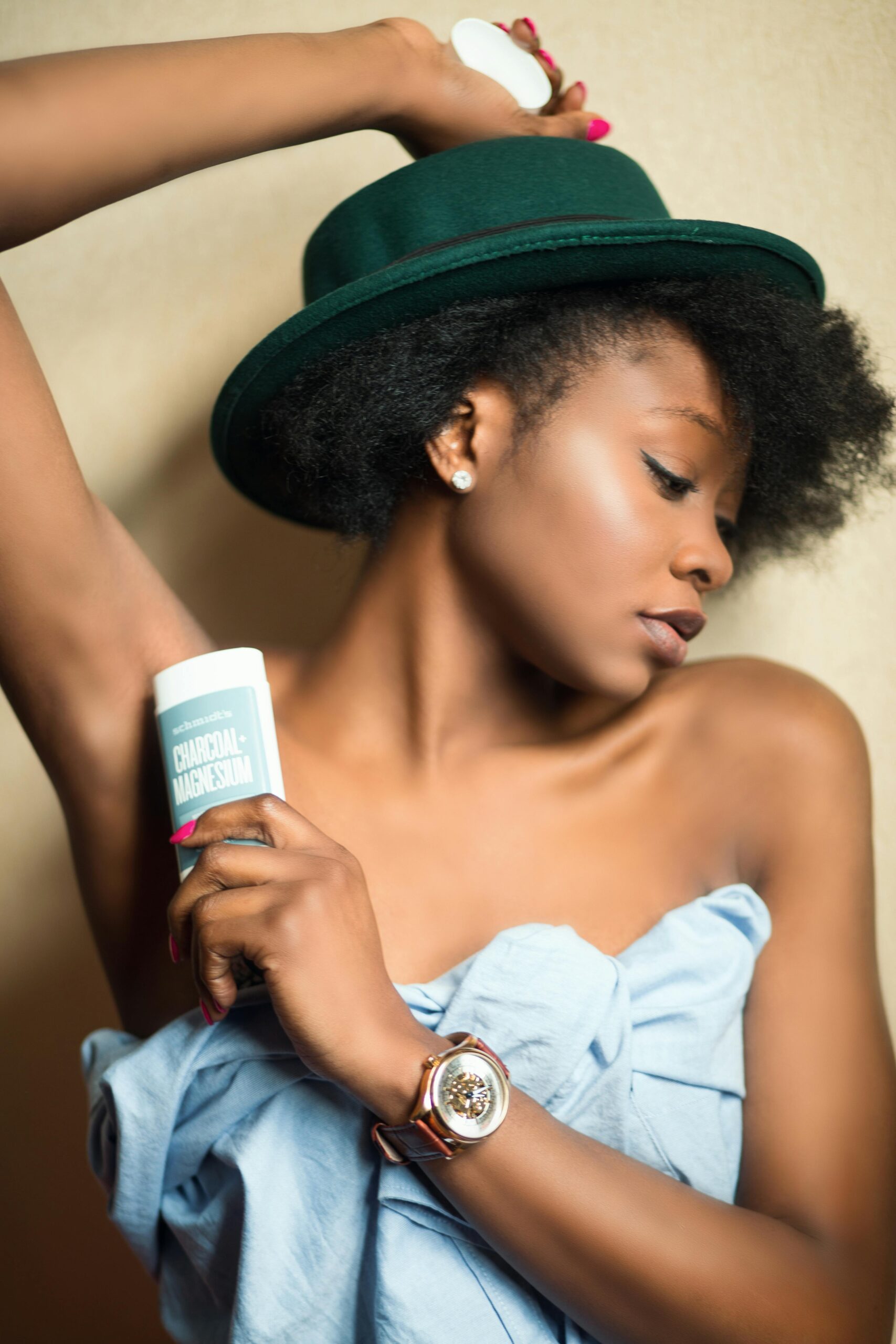Disclosure: This post contains affiliate links that lead to product recommendation pages. As an Amazon Associate, we earn from qualifying purchases. If you make a purchase after following one of our links, we may earn a commission at no extra cost to you.
Researcher Nia Montoro-Cortés: The Deodorant Dilemma
The area beneath your arm is not just skin; it’s a direct gateway. It’s a dense network of lymph nodes, crucial vessels for draining toxins from your body. When you apply conventional antiperspirants or deodorants multiple times a day, you are applying a chemical cocktail directly to this critical zone. For me, as an environmental health researcher, this is one of the most non-negotiable swaps in the entire home.
My work has taught me to be relentlessly skeptical of products that promise a quick fix but rely on systemic interference. Conventional antiperspirants, in particular, function by using aluminum compounds to plug the sweat ducts. While effective at stopping perspiration, the conversation doesn’t end there. We must ask about the long-term systemic effects of applying heavy metals and synthetic stabilizers to an area so closely linked to the lymphatic and hormonal systems. This isn’t about fear; it’s about mitigating risk based on the available data.
The Problematic Ingredients Hiding in Your Routine
I always look past the marketing claims and focus purely on the Material Safety Data Sheet (MSDS). The average conventional deodorant carries an unacceptable list of potential endocrine disruptors and known irritants:
- Synthetic Fragrances (Phthalates): These are complex, proprietary blends often containing phthalates, which are linked to reproductive and developmental issues. These chemicals are highly volatile and easily inhaled.
- Aluminum Zirconium Tetrachlorohydrex Gly: The primary active ingredient in antiperspirants. The debate over its link to serious diseases continues, but its known ability to absorb into the body and mimic estrogen is enough for me to reject it entirely.
- Parabens (e.g., Propylparaben, Butylparaben): These preservatives are known endocrine-disrupting chemicals (EDCs) that interfere with hormone production and regulation.
Why “Natural” Isn’t Always the Answer
When people try to swap, they often grab the first “natural” stick they see and are instantly disappointed by poor performance or, worse, skin irritation. This is a common pitfall. The issue is that the natural space is rife with greenwashing, and just because an ingredient is “plant-derived” doesn’t mean it’s suitable for daily use.
My research into effective, non-toxic alternatives showed two major factors contributing to user frustration:
- Baking Soda Overload: Many natural formulas rely too heavily on sodium bicarbonate (baking soda) for odor neutralization. While effective, the high alkalinity can severely disrupt the skin’s natural pH balance, leading to uncomfortable rashes and irritation. We have to seek balanced formulas.
- Performance vs. Detoxification Misunderstanding: It takes time for your body to adjust to a non-aluminum formula. The initial period of increased sweat and odor is not the product failing; it’s your sweat ducts reopening and your body regulating itself. You must find a product designed to manage this transition while being completely clean.
The Swap That Solves the Problem
My core criteria for a compliant and effective Deodorant/Antiperspirant swap are simple, definitive, and non-negotiable. I look for formulas that:
- Use Mineral Ingredients: Rely on ingredients like Magnesium Hydroxide or Zinc Ricinoleate for odor absorption, not harsh chemicals.
- Avoid Aluminum and EDCs: Zero parabens, zero phthalates, and zero aluminum compounds are the standard.
- Prioritize Skin Health: Include soothing ingredients like Shea Butter or plant oils to maintain the skin’s barrier function and pH balance.
This is where my team and I step in. We’ve done the deep, product-by-product vetting against the strict standards I just discussed, focusing on availability, performance, and true non-toxic integrity.
Ready for Our Vetted Picks?
If you’re ready to stop reading labels and start buying your Deodorant/Antiperspirant with confidence, click here to see our top 3 comprehensive product recommendations and why we chose them.
CLICK HERE TO SEE THE VETTED PRODUCT PICKS
Final Thoughts
Don’t let marketing noise drown out the science. Choosing a clean deodorant is a small decision that has a systemic impact on your body’s long-term health. Take control of this daily ritual and prioritize your endocrine health above all else.
Compliance Note: The content within this article was curated and vetted by the Swap The Toxins editorial team, aligning with the strict standards and expertise of our dedicated product experts.
